The John Britten Black Pin is awarded to a designer for their leadership, vision and achievement in putting New Zealand Design on the global stage.
John Britten Black Pin Winner, 2024
Rewi Thompson (Te Aitanga a Hauiti, Ngāti Raukawa ki te Tonga)
Introduction
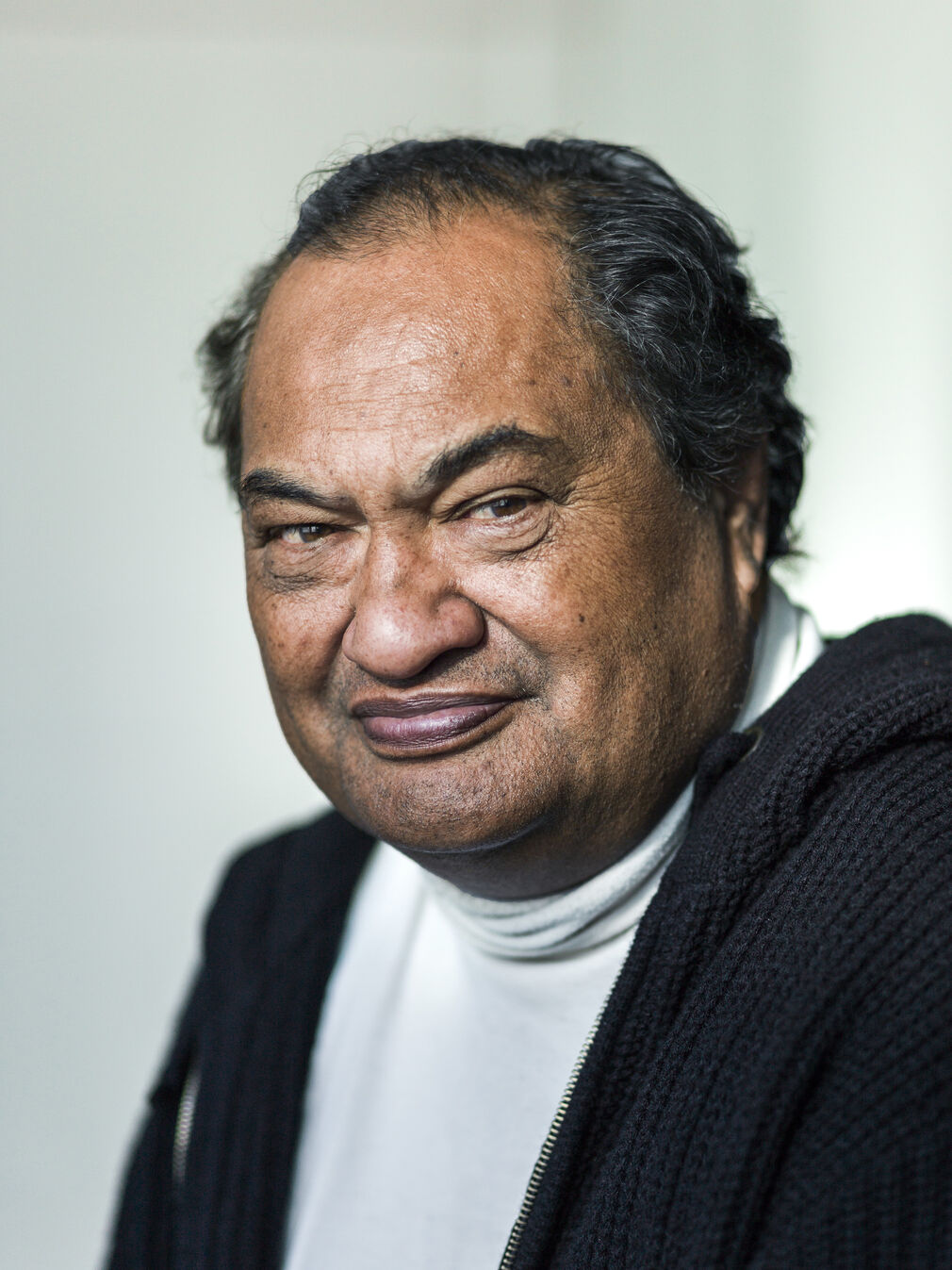
Architect and adjunct professor of architecture Rewi Thompson (Te Aitanga a Hauiti, Ngāti Raukawa ki te Tonga, 1953-2016) saw architecture as an act of imagination generated by the land, an opportunity to create post-colonial possibilities that were fundamentally connected to place.
Rewi and his work profoundly influenced a generation of architects in Aotearoa. Trained as a structural engineer in Te Whanganui-a-Tara Wellington before he went to architecture school at the University of Auckland, Rewi was as comfortable with the pragmatics of structure as he was with the possibilities of the architectural imagination. His award-winning graduation project, the Ngāti Pōneke Marae, envisioned a building in which the traditional functions of a marae were stacked vertically in a structure that rose from the waters of Wellington Harbour and rested on the side of Tangi-te-keo Mount Victoria.
Originally trained as an engineer at Wellington Polytechnic, Rewi subsequently studied architecture at the University of Auckland before establishing his own practice in 1983. Notable projects include the Wiri State Housing precinct (1986-1989, now demolished), canopies at the Ōtara Town Centre (1987), Te Whanganui-a-Tara Wellington’s City to Sea Bridge (1990-1994), and Puukenga, the School of Māori Studies at Unitec in Tāmaki Makaurau Auckland (1991). His own home in Tāmaki Makaurau’s Kohimarama (1985) presents a blank ply face to the street – evidence of what Rewi’s inventive vision could raise into reality, a design that still asks provocative questions about the nature of suburban land occupation.
Other drawings from Rewi’s archives at the University of Auckland feature prismatic buildings on water containing a Tyrannosaurus rex, coiled structures in the Waitematā, and totemic bridges surrounded by birds swirling through a sunset sky. These dreamscapes – imagined and real, buildable and less so – are a manifestation of architectural possibility, collectively showing how Māori design concepts should never be locked in associations with the past but can generate a vision of a positive post-colonial future.
Rewi advocated for the prioritisation and enactment of mātauranga Māori into the fields of architecture and design and acquainted a generation of students with these concepts in his teaching. He was appointed an adjunct professor at the University of Auckland’s School of Architecture and Planning in 2002, where his thinking continues to resonate today. He was also instrumental in the development of Te Pare (The Threshold), a culturally responsive curriculum.
Although sadly missed, he leaves us a kete (repository) of remarkable buildings, influential graduates and profound ideas.
He imagined a national museum reaching out into the waters of Wellington Harbour
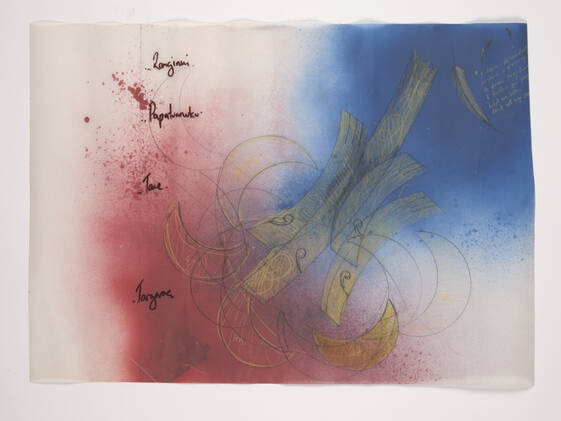
And a vertical marae leaning on the slopes of Mt Victoria Tangi te Keo
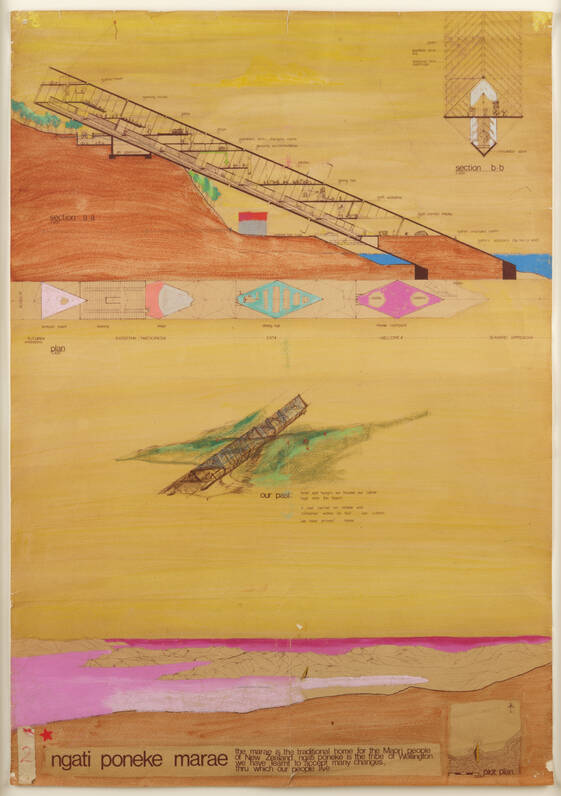
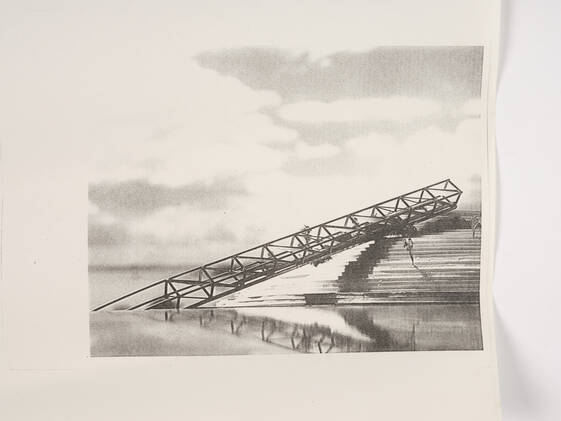
He dreamed of giant submersible structures in the Waitematā, of bridges held aloft by giant totemic forms, of double-X skyscrapers and prismatic buildings for T Rexes
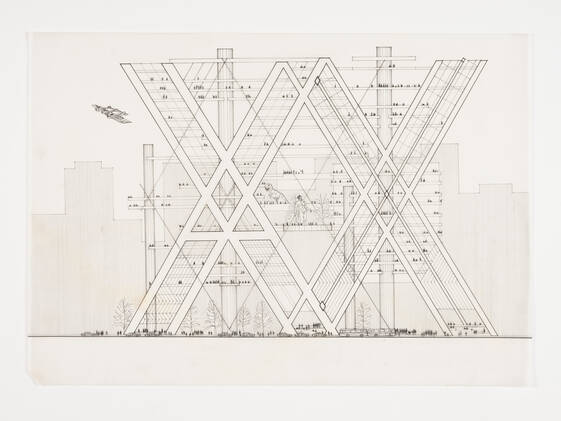
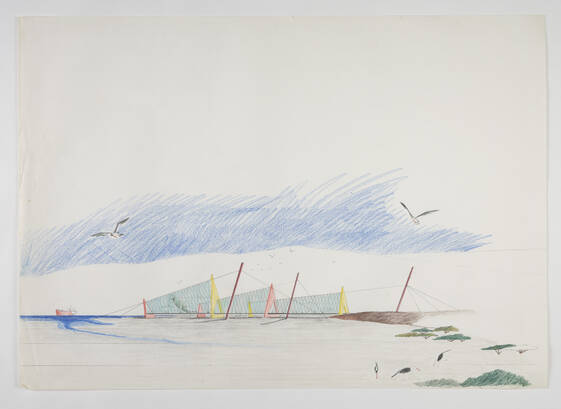
He designed a tent for an actual Pope
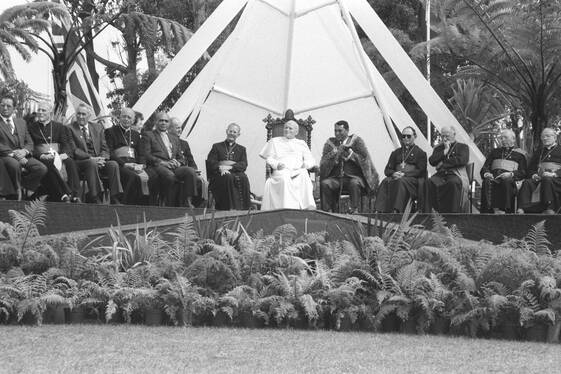
A school to nurture students of Te Reo Māori
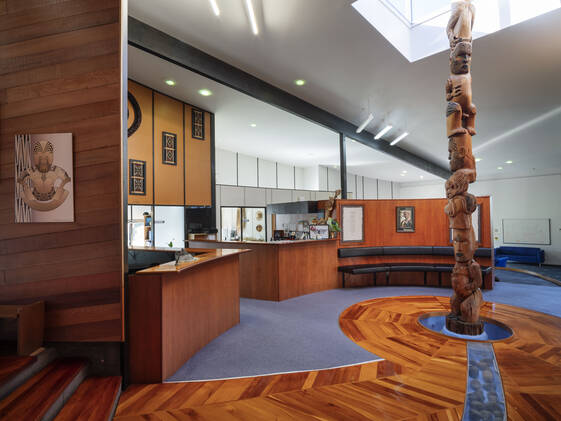
And psychiatric institutions that placed cultural connection at their hearts
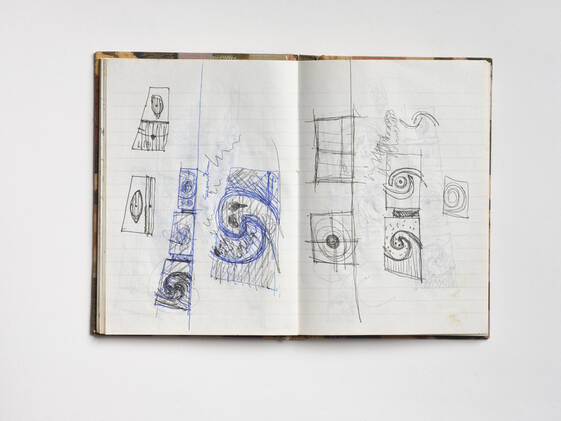
His work on Wellington's City to Sea Bridge played an indelible part in reshaping that city's identity.
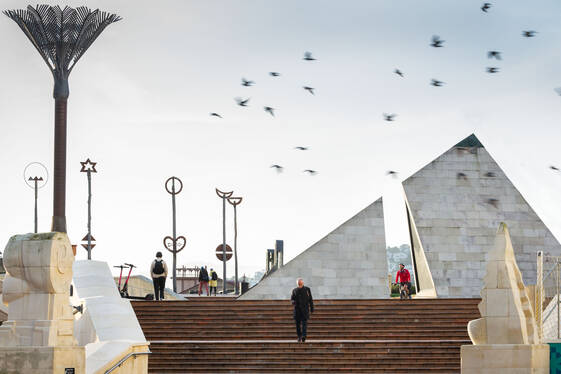
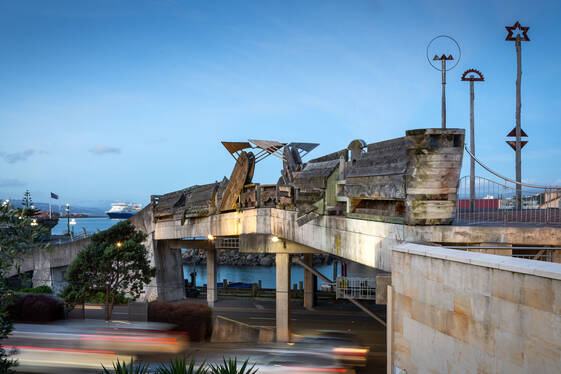
He created a unique Pacific sense of place with his canopies in the Ōtara Town Centre
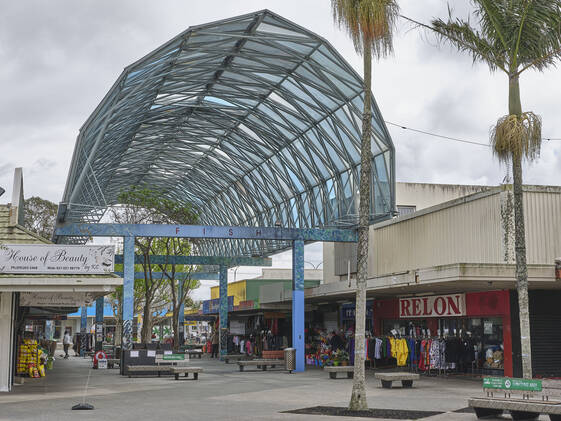
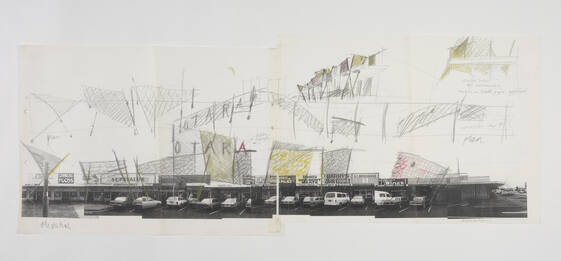
While his own home in Tāmaki spoke of the turbulence that came with the colonisation of this beautiful place.
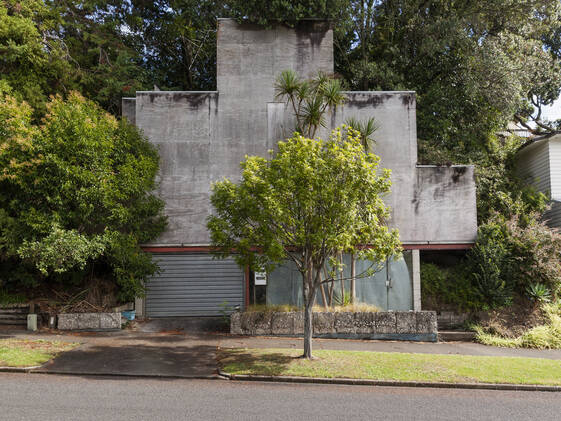
The late architect Rewi Thompson is the recipient of this year's Black Pin.
As well as the incredible projects, real and imagined, that we've already mentioned, he gave a generation of Māori, Pasifika and Tauiwi students the tools to engage with Māori design principles, a legacy that continues to echo through Aotearoa today.
Rewi died in 2016 but is far from forgotten. His many achievements are highlighted in Rewi: Ata haere, kia tere, the book we made about his work with Extended Whanau last year.
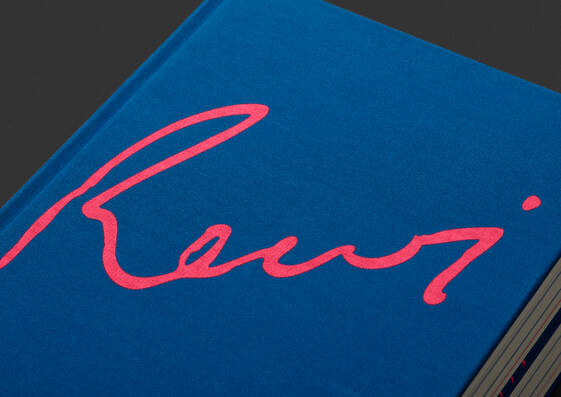
Tonight we celebrate Rewi's work, his collaborative nature, and his far-sighted approach to the possibilities of this country's future.